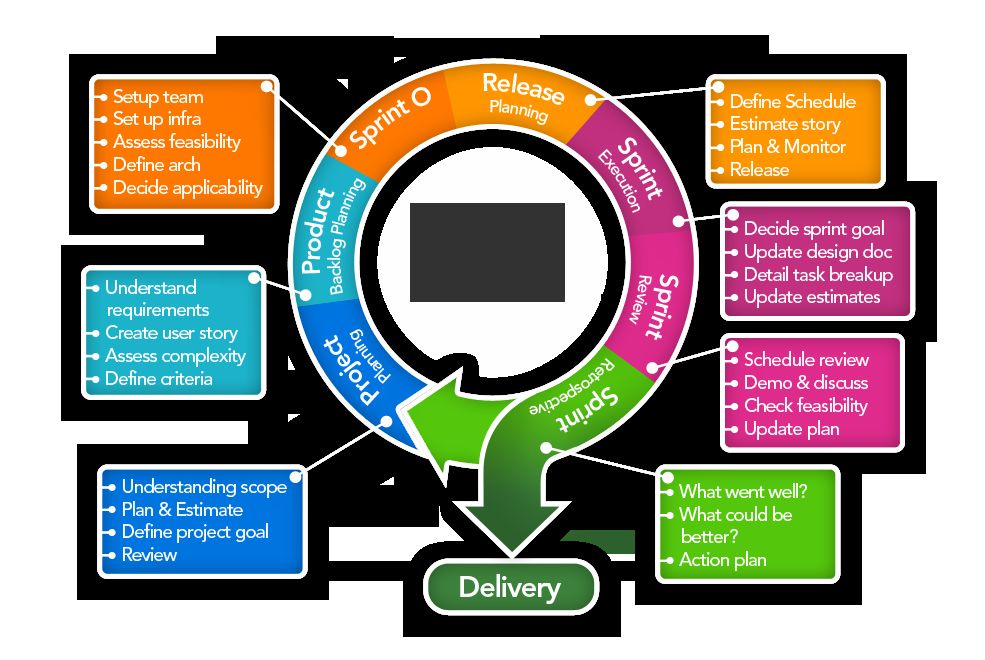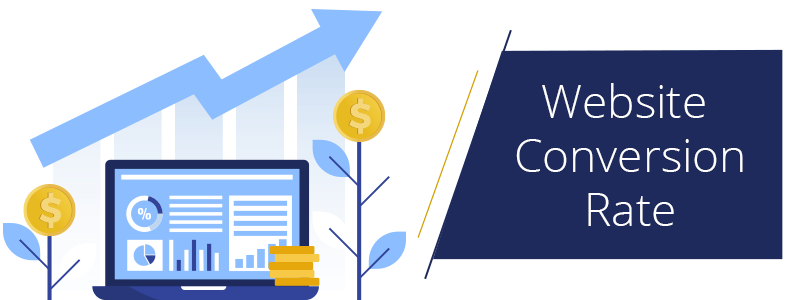Responsive Design vs. Adaptive Design: Which Is Better?
In today’s digital age, having a website that is visually appealing and functional across different devices is crucial. Two popular approaches to achieve this are responsive design and adaptive design. Both have their strengths and weaknesses, so let’s dive into the debate of which is better.
Responsive Design
Responsive design is a web development approach that allows a website to adapt to various screen sizes and resolutions. This is achieved through using fluid grids, flexible images, and CSS media queries. With responsive design, the layout and content of a website automatically adjust to fit the device screen size, whether it’s a desktop, tablet, or mobile phone.
Pros of Responsive Design:
Provides a consistent user experience across devices
Requires only one website to maintain
Improves SEO as Google recommends using responsive design
Cons of Responsive Design:
Can be slower to load on mobile devices due to loading all content for all devices
Less control over the design and layout on different devices
Not suitable for complex or content-heavy websites
Adaptive Design
Adaptive design is a web development approach that involves creating multiple versions of a website tailored to specific screen sizes or devices. Instead of scaling the same content for different devices, adaptive design serves different layouts and designs based on predetermined breakpoints. This allows for more control over the user experience on various devices.
Pros of Adaptive Design:
Offers more control over the design and layout on different devices
Ability to optimize performance for specific devices
Suitable for complex or content-heavy websites
Cons of Adaptive Design:
Requires creating and maintaining multiple versions of a website
May not provide a seamless user experience across devices
Can be more time-consuming and costly to implement
Which Is Better?
When it comes to choosing between responsive design and adaptive design, there is no one-size-fits-all answer. The best approach depends on the goals and requirements of your website. Responsive design is a more cost-effective and SEO-friendly solution for most websites, especially those with simple layouts and content. On the other hand, adaptive design offers more control over the user experience and performance optimization for complex websites.
Conclusion
Ultimately, the decision between responsive design and adaptive design comes down to balancing the trade-offs between flexibility, control, performance, and cost. It’s essential to consider your target audience, content, and goals when choosing the best approach for your website. Whichever approach you choose, the key is to prioritize user experience and ensure your website looks and functions seamlessly across all devices.


